The debate of YouTube vs Spotify continues as both platforms compete for the top spot in music streaming. Each service offers millions of songs, podcasts, and unique features designed for a diverse audience.
Spotify has long been a dominant platform known for its music discovery and user-friendly interface. On the other hand, YouTube Music uses its vast video library to provide a unique blend of audio and visual content. Choosing between them often comes down to individual listening habits and priorities.
In this article, I will get into their features, pricing, audio quality, content libraries, and overall user experience to help you decide.
YouTube vs Spotify: TLDR
The choice between YouTube vs Spotify can be complex, as both offer compelling music streaming experiences.
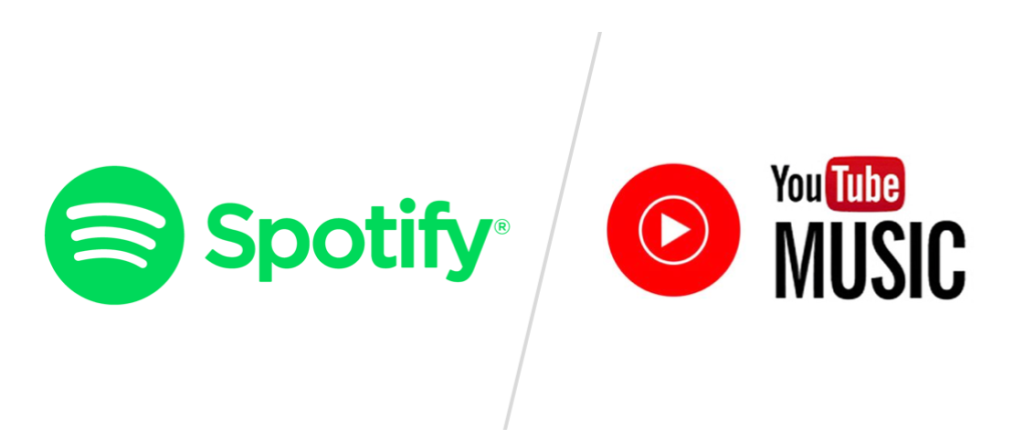
Understanding their core strengths helps simplify the decision.
- YouTube Music integrates audio with YouTube’s vast video content, offering official tracks alongside live performances and covers.
- Spotify prioritizes a dedicated music listening experience with superior sound quality and advanced music discovery features.
- YouTube Music is ideal for users wanting music videos and who are invested in the broader YouTube ecosystem.
- Spotify is perfect for those valuing audio fidelity, curated playlists, and a strong podcast selection.
- Choose YouTube for visual content and potential YouTube Premium bundle benefits.
- Select Spotify for the best audio experience and nuanced music recommendations.
Here is a table with a brief comparison:
| Feature | YouTube Music | Spotify |
|---|---|---|
| Core Strength | Video integration and diverse content library. | Audio quality and music discovery algorithms. |
| Users want music videos and YouTube integration. | Users wanting music videos and YouTube integration. | Audiophiles and dedicated music enthusiasts. |
| Best Suited For | Existing YouTube Premium subscribers and visual content seekers. | Users prioritizing sound and new music exploration. |
For family plans, Spotify’s family plan covers six members, while YouTube Music’s covers five but includes YouTube Premium benefits, making a better option dependent on household size and YouTube usage.
YouTube Overview
YouTube Music uses Google’s vast video platform to offer a unique streaming experience that combines official releases with an extensive collection of live performances, covers, remixes, and user-generated content.
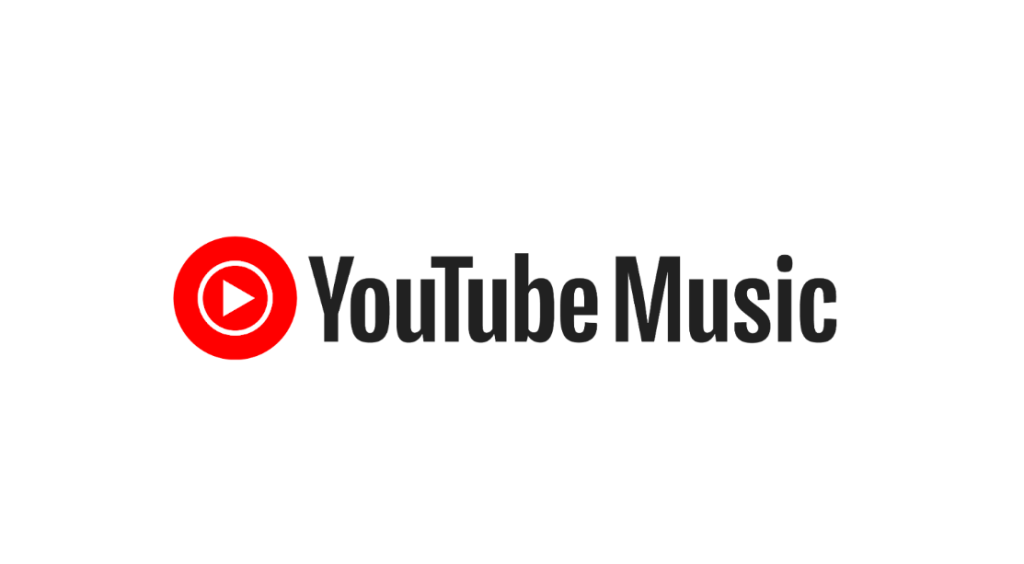
Priced at $10.99/month (or $13.99 bundled with YouTube Premium), it features personalized recommendations, Smart Downloads for offline listening, and seamless integration with the YouTube ecosystem.
The video and audio content make it particularly valuable for listeners seeking rare or unofficial recordings. The service also offers a free ad-supported tier with limited functionality.
Spotify Overview
Spotify has established itself as the market leader in music streaming with over 100 million tracks and a sophisticated recommendation algorithm. Priced at $10.99/month for individuals, it offers high-quality streaming (up to 320 kbps), robust playlist organization with folders, and the highly-regarded Discover Weekly feature.
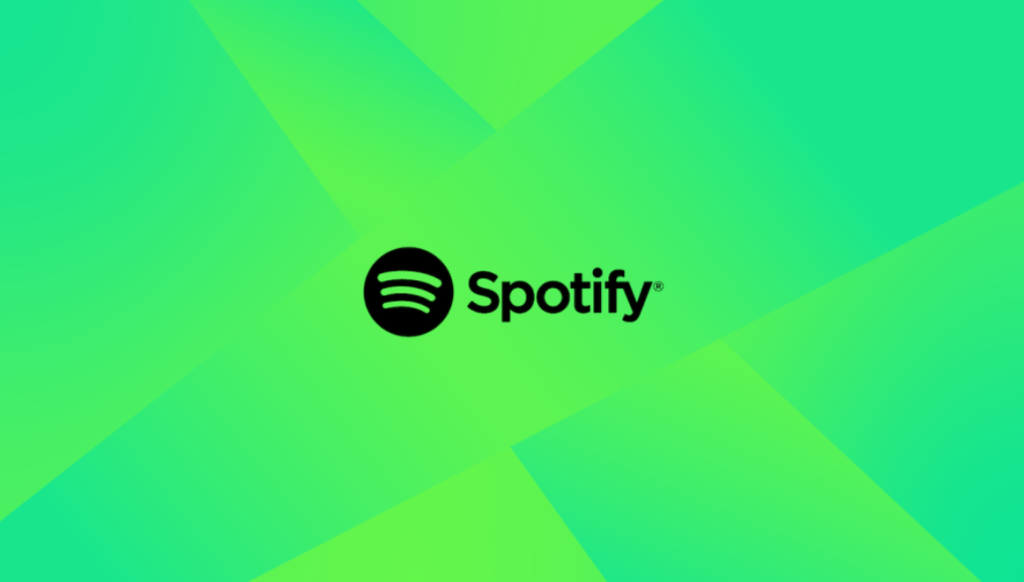
Spotify excels in social features, including collaborative playlists and the Connect feature for seamless multi-device listening.
Its extensive podcast library and intuitive interface make it a well-rounded option. Spotify also provides various subscription tiers, including Family, Duo, and Student plans at different price points.
YouTube vs Spotify: Features
While both YouTube Music and Spotify aim to deliver your favorite tunes, their approach to content, quality, discovery, and additional offerings is different. These differences can greatly influence which platform best suits your listening style.
1. Music and Content Library
YouTube Music:
It boasts an incredibly vast library, pulling not only official songs and albums but also any audio from YouTube videos. This means access to countless live performances, covers, remixes, unreleased tracks, and user-uploaded content that might not be available on other platforms. Users can easily switch between audio-only and music video modes for many tracks.
Spotify:
This app offers a massive catalog of official songs, albums, and playlists. While it includes some live versions and covers, its strength lies in its collection of officially released music and a growing number of independent artists. It doesn’t have the same breadth of unofficial or video-derived audio content as YouTube Music.

Verdict: YouTube Music has a larger and more diverse content library due to its integration with YouTube’s video content, making it better for finding rare tracks and live versions.
2. Audio Quality and User Experience
YouTube:
The premium subscribers get streaming quality up to 256 kbps AAC. The user interface is fairly intuitive, especially for those familiar with YouTube, and seamlessly integrates video. The desktop app is essentially a web wrapper, requiring an internet connection.
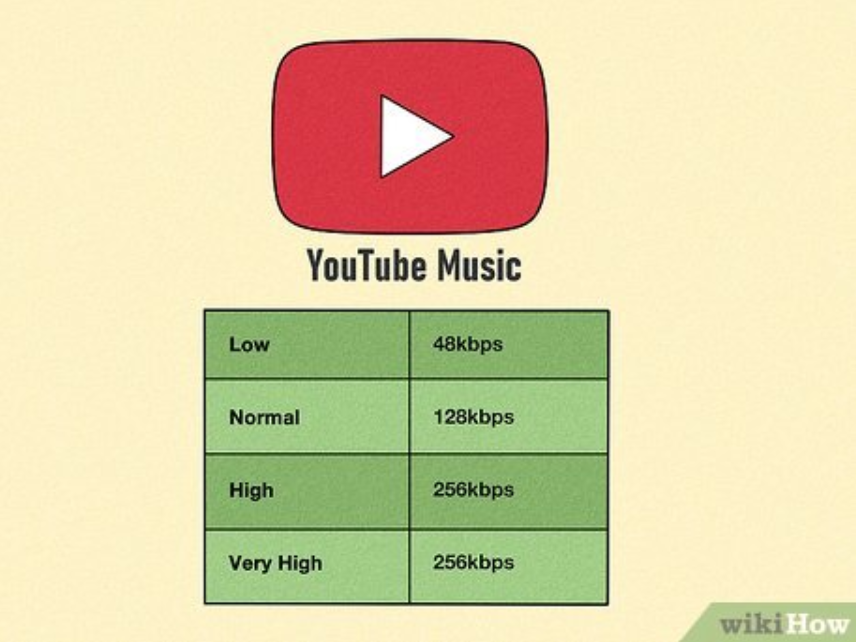
Spotify:
The premium users can stream up to 320 kbps Ogg Vorbis, offering potentially superior audio fidelity. Its user-friendly interface, polished apps across all platforms (including a proper desktop app with offline library access), and features like Spotify Connect makes it easy for switching between devices.
Verdict: Spotify generally offers better audio quality and a more dedicated music listening experience, especially with Spotify Connect and its desktop application.
3. Music Discovery and Personalization
YouTube Music:
Leverages Google’s algorithms and your YouTube viewing/listening history to offer personalized playlists like “My Mix,” “Discover Mix,” and “New Release Mix.” Recommendations can be quite good, especially if you use YouTube extensively.
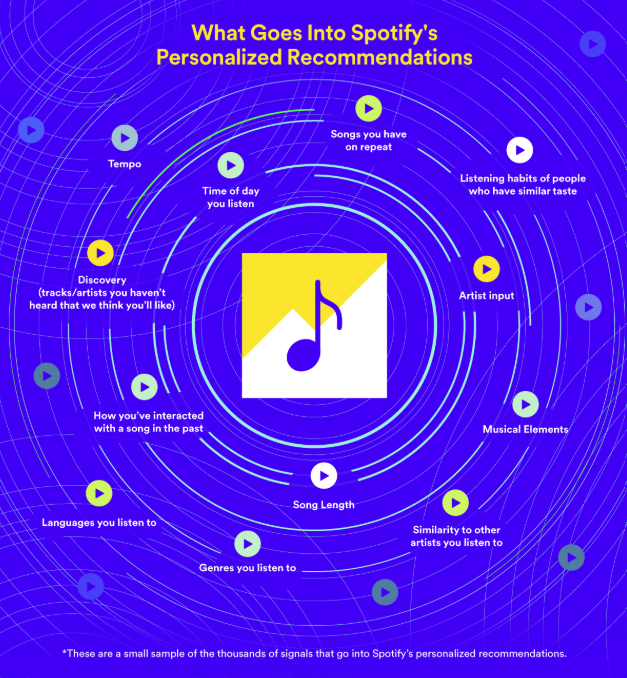
Spotify:
Excels in music discovery with its highly acclaimed algorithmic playlists such as “Discover Weekly,” “Release Radar,” and numerous daily mixes tailored to user tastes. Its algorithms are often considered more nuanced for pure music discovery.
Verdict: Spotify is generally considered superior for music discovery and personalization, with algorithms finely tuned to introduce users to new music they’ll love.
4. Podcasts and Non-Music Content
YouTube:
It has integrated podcasts, allowing users to find and listen to shows within the app. However, its podcast features and library are still developing compared to more established podcast platforms.
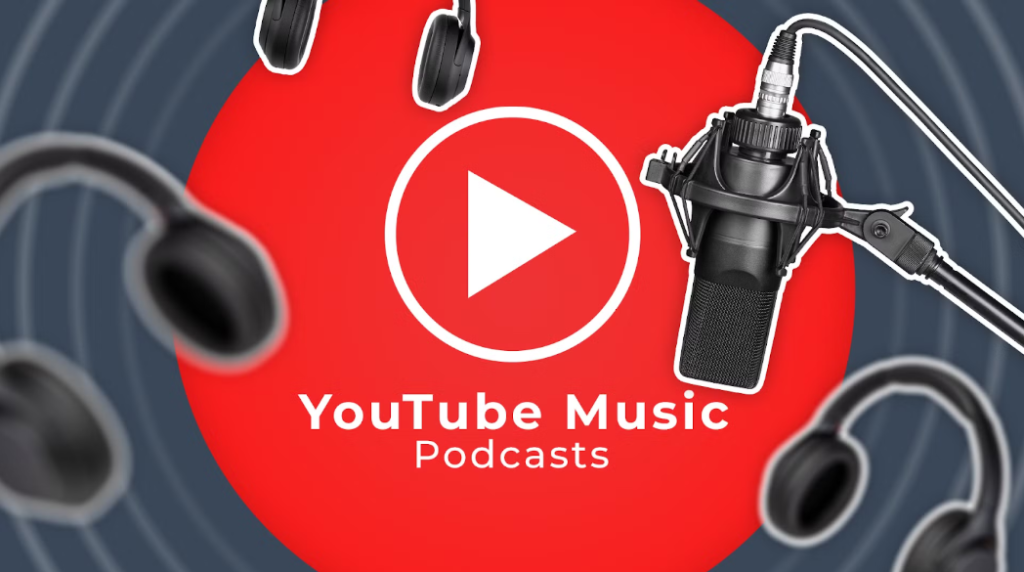
Spotify:
It has invested heavily in podcasts, offering a vast library including many exclusive shows and originals. It provides a dedicated podcast experience with features for discovery, following shows, and managing episodes, making it a strong contender for an all-in-one audio platform.
Verdict: Spotify is the clear winner for podcasts and non-music content, offering a more extensive library, exclusive content, and better discovery features.
5. Device Compatibility and Accessibility
YouTube Music:
YouTube is available on iOS, Android, web browsers, smart speakers, and some smart TVs. Offline downloads are available for Premium users. Smart Downloads feature automatically downloads music based on listening habits.
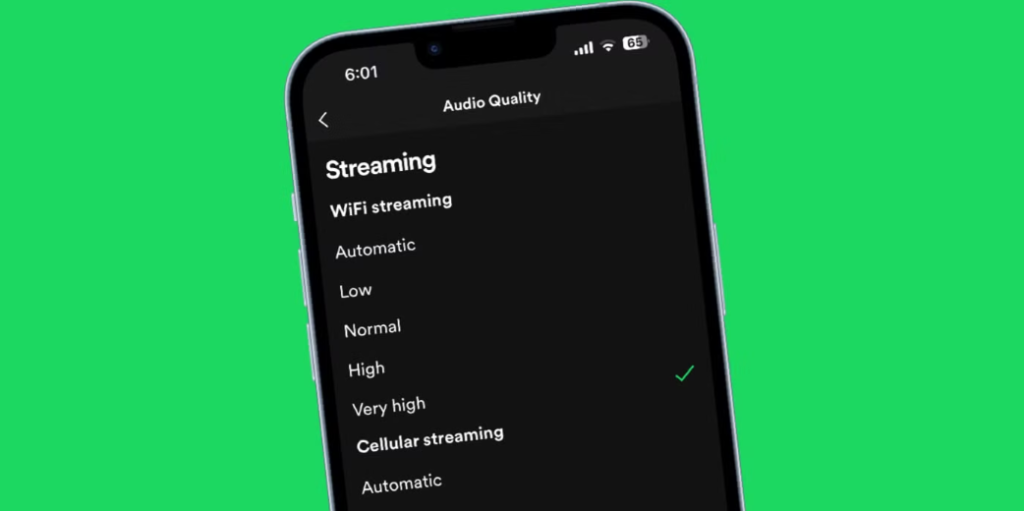
Spotify:
This platform also offers wide compatibility across iOS, Android, desktop (Windows, Mac, Linux), web players, smart speakers, gaming consoles, car audio systems, and more. Spotify Connect allows seamless control and playback across devices.
Verdict: Both offer broad compatibility, but Spotify’s Connect feature and desktop app give it an edge in seamless multi-device integration and accessibility.
YouTube Vs Spotify: Pricing Plans and Subscription
Choosing between YouTube Music and Spotify often comes down to how much you’re willing to pay and what features you get for that price. Both offer free, ad-supported versions and various premium subscription tiers.
Here’s a comparison of their standard individual and family plans in the US:
| Feature | YouTube Music (Premium) | Spotify (Premium) |
|---|---|---|
| Free Plan | Yes, ad-supported | Yes, ad-supported |
| Individual | $10.99/month | $11.99/month |
| Student | $5.49/month | $5.99/month |
| Duo | Not offered | $16.99/month (2 accounts) |
| Family | $16.99/month (up to 5 members) | $19.99/month (up to 6 members) |
YouTube Music’s standalone Premium subscription is one option, but its real value shines when bundled with YouTube Premium, which includes ad-free YouTube, background video playback, and video downloads, alongside YouTube Music Premium.
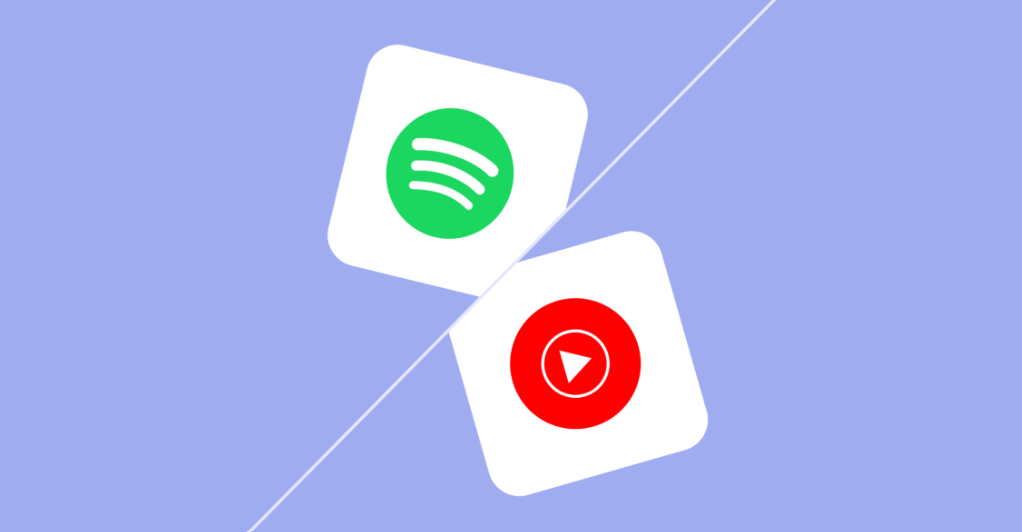
Spotify offers a wider array of standalone music plans, including a Duo plan for couples and a very popular student discount that often includes other perks.
Verdict: YouTube Music Premium offers exceptional value if you’re a heavy YouTube user due to the bundle. Spotify provides more diverse standalone music subscription options and a cheaper entry point for students.
YouTube vs Spotify: Which One is Better for You?
If you prioritize high-quality audio, advanced discovery, and podcast integration, Spotify is the superior choice. For those who want unparalleled content variety, live performances, covers, video, and appreciate bundled video benefits, YouTube Music is ideal.

Students seeking the cheapest rates may lean toward YouTube Music’s $5.49 plan. Ultimately, match your listening habits. If you listen to more audio, Spotify will be the best fit for you, but if you prefer music or audio and video, YouTube is the perfect choice to stream.
Conclusion: Spotify Offers Better Audio Quality Than YouTube
YouTube Music and Spotify each have their own strengths in music streaming. YouTube excels in video integration and content diversity, while Spotify leads in audio quality, discovery algorithms, and podcast offerings.
Price tiers also differ, with Spotify providing more affordable basic and student plans, and YouTube adding distinct video perks for a higher fee.
However, your ideal choice depends on your preference between YouTube and Spotify.. Choose based on which platform aligns with your daily listening habits and platform priorities.
FAQs
There are various apps like TuneMyMusic or Soundiiz that can transfer playlists between both platforms seamlessly.
Spotify allows full offline downloads on desktop and mobile; YouTube Music’s Smart Downloads auto-download based on habits.
Spotify Premium offers streaming up to 320 kbps, while YouTube Music Premium offers up to 256 kbps, giving Spotify an edge.
Spotify offers video podcasts and short video clips, but it lacks full music video integration like YouTube Music.
Spotify’s $19.99 plan covers six accounts; YouTube’s $16.99 plan covers five and includes YouTube Premium benefits. Write in one line which is a better option.
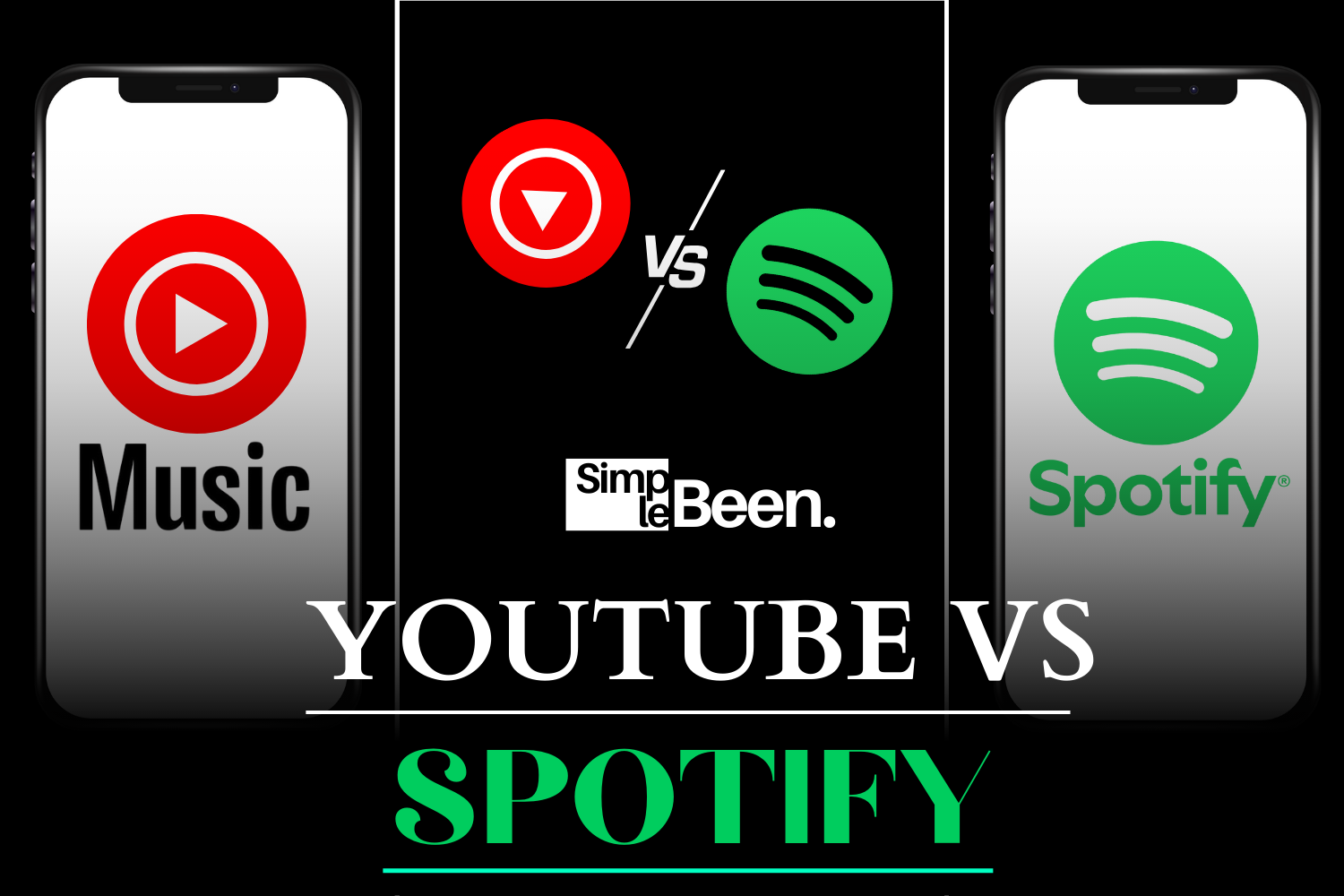









Leave a Comment